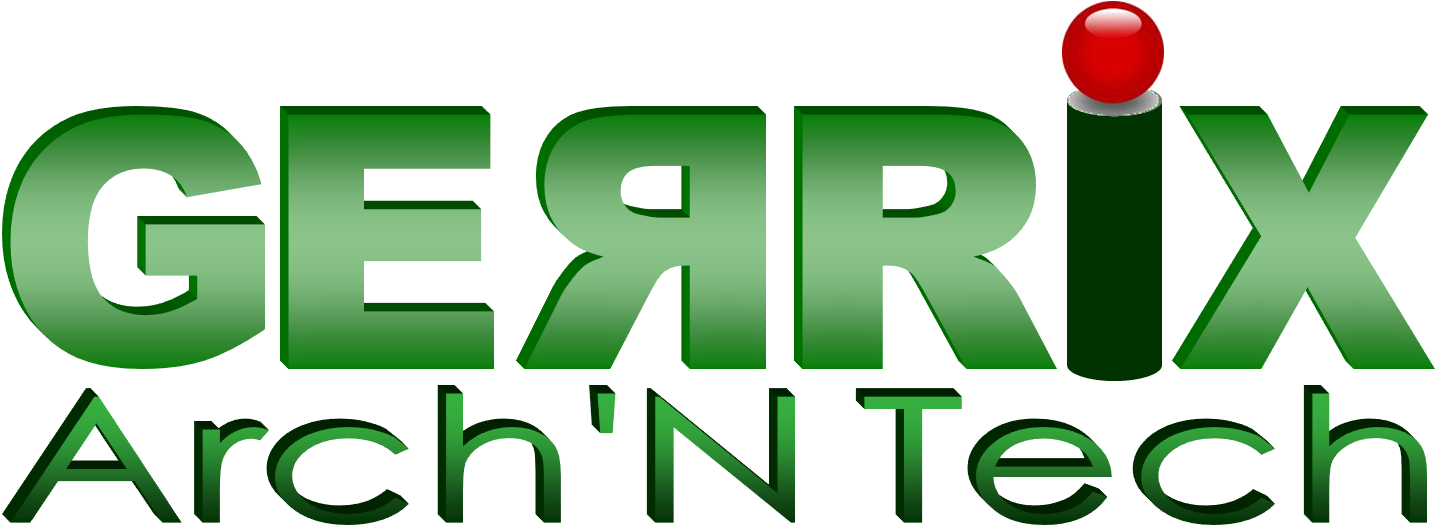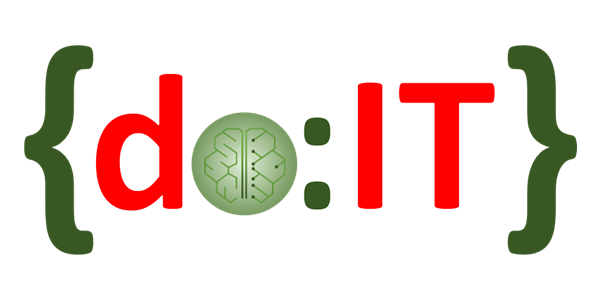 do IT differently ( 0.8.0 ) |
« Innovation is this amazing intersection between someone’s imagination and the reality in which they live » (Ron Johnson) |
Introduction ▶ All in One ▶ Architecture

"do:IT" introduit de manière transparente les différents patterns d'architecture.
Interaction-oriented Architecture


Patterns :
✓
PAC (Presentation – Abstraction – Control) : Hierarchical MVC Agents
✓
MVC I & II (Model – View – Controller)
✓
MVP (Model – View – Presenter) : Presenter first
✓
MVVM (Model – View - ViewModel) : View & Model coupling
Usages :
✓
Portails et Gestion de contenu (Intranet, Extranet, Internet, Portlet, Widget et Web Component)
✓
Agrégation de service Desktop
✓
Espace de travail intégré
✓
Interconnexion d’application mobile ou embarquée
✓
Commande et interaction, langage humain (bot), automatisation et domotique
✓
...
Service-oriented Architecture
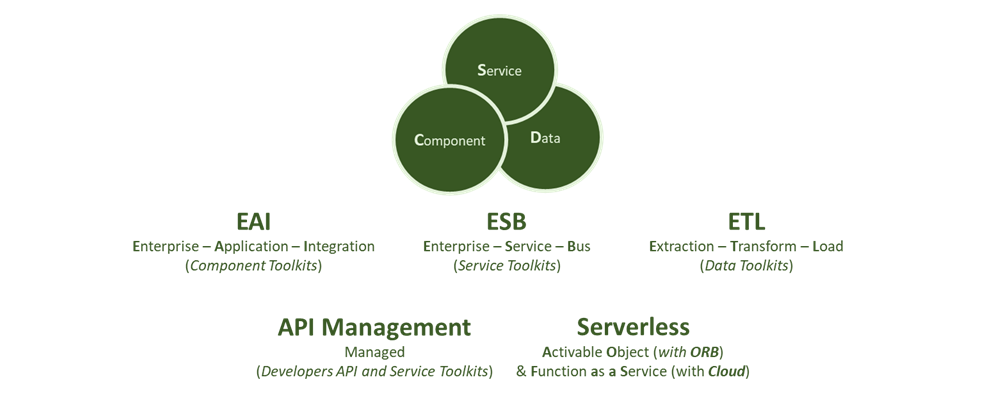

Patterns :
✓
EAI (Enterprise – Application – Integration) : Component Toolkits
✓
ESB (Enterprise – Service – Bus) : Service Toolkits
✓
ETL (Extraction – Transform – Load) : Data Toolkits
✓
API Management : Developers API and Service Toolkits
✓
Serverless : Activable Object (ORB) et "Function as a Service (FaaS)"
✓
SAM : Service Activity Monitoring
Usages :
✓
Exchange Platform
✓
Bus et proxy de service
✓
Consommation et souscription de service
✓
Service de "Push" et de "Callback"
✓
...
Event-driven Architecture and Staged Event-driven Architecture


Patterns :
✓
SEP (Simple – Event – Processing) : Elementary Events
✓
ESP (Event – Streaming – Processing) : Event as Stream
✓
CEP (Complex – Event – Processing) : Event with Complex Rules
✓
OLEP (OnLine – Event – Processing) : Event flow and Logs
✓
and SEDA (Staged Event-driven Architecture) for EDA fragment composition
Usages :
✓
Capteurs (Sensors, Observer, Listener)
✓
Consommation et souscription de message : Message-oriented Toolkits (Message, Event, Notification : Mail, SMS, iOS APNS, Android GCM, MNPS, …), Message-oriented Middleware Abstraction et Message-based Transport
✓
Automatisation par message/notification
✓
...
Space-based Architecture


Patterns :
✓
SOA (Service-oriented Architecture)
✓
REST (Representation State Transfer)
✓
EDA (Event-driven Architecture)
Usages :
✓
Espace d'objets actifs (communicants),
✓
Système multi-agents (intelligents),
✓
Réseau de micro-services,
✓
...
Data-centric Architecture


Patterns :
✓
Data Federation : Mirroring, Proxy, Virtualisation, Caching (Local, Near, Remote)
✓
Data Lake : Raw Data (File, Stream/Message, Row/Record), Standard Data, Processed Data, Interactive/Native Data
✓
Data Integration and Processing : Bulk and Stream/Message
✓
Data Exposition (Service) and Publication (Transfer, Notification)
✓
Data Management : Implement, Manage, Operate, Refine
✓
Data Governance : Define, Enforce, Audit, Control
Usages :
✓
Data Platform
✓
Data Hub : Centralisation de données, autoroute des données
✓
Data Lab : Centre d'expérimentation basée sur les données
✓
Analyse de données
✓
...
Process-oriented Architecture and Business Process Architecture


Patterns :
✓
BPM (Business Process Management) : Process-centric Management - How ?
✓
ACM (Advanced Case Management) : Case-centric Management - What ?
✓
BAM : Business Activity Monitoring
Usages :
✓
Automation Platform
✓
Automatisation de processus métier
✓
Automatisation des processus robotisés (RPA : Robotic Process Automation)
✓
Gestion de dossier (Case) ou de demande
✓
...
Content-oriented Architecture


Patterns :
✓
CMS (Content Management System)
✓
ECM (Enterprise Content Management)
Usages :
✓
Gestion de contenu : Digital Asset, Right Management, Portal Content
✓
Gestion éléctronique des documents (GED) : Document Flow, Indexation and Publication
✓
...
Grid Computing Architecture


Patterns :
✓
Distributed Computing : High-Performance Computing, Map/Reduce, …
✓
Parallel Computing : Multi-Processing, Message Passing Interface, Parallel Virtual Machine
Usages :
✓
Centre de calcul (Central Computing Center)
✓
Moteur de règle et evaluation de décision
✓
Intelligence Artificielle, Chaîne de validation (Blockchain)
✓
Centre de calcul (Parallélisme et Distribution)
✓
...
Federated (System) Architecture


Patterns :
✓
Meshing : Data Mesh, Service Mesh, Event Mesh, Content Mesh, Function Mesh, …
✓
Federation : Federated Data, Federared Service, …
Usages :
✓
System and Component Meshing
✓
Resource Federation, Function Federation and Service Federation
✓
Social Networks
✓
...
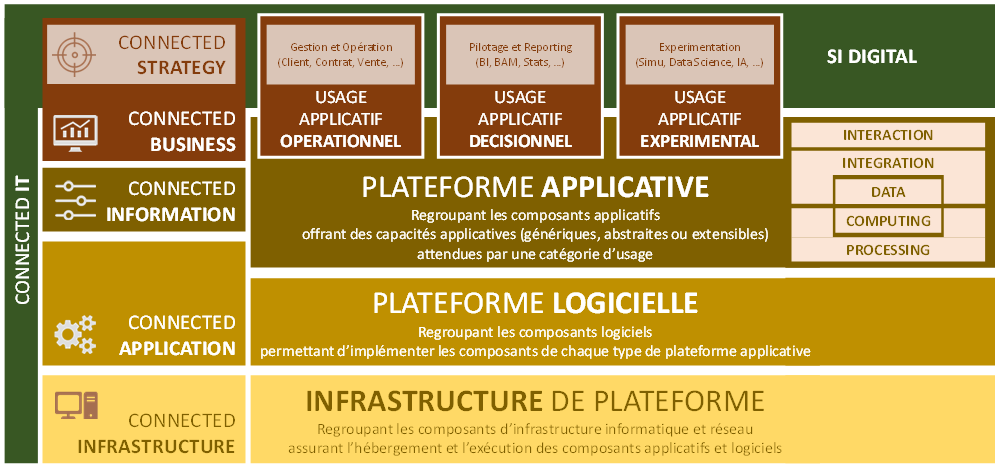
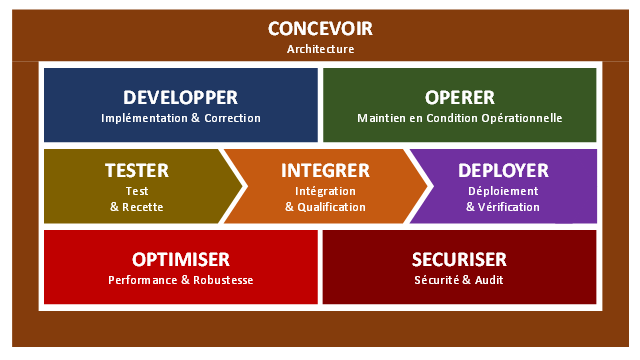
"do:IT"
est le language intégré pour implémenter la démarche "Platform-oriented Architecture".
( All in One - Language )

( All in One - Language )


